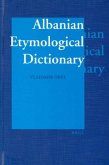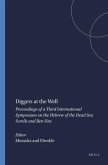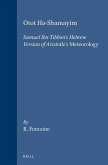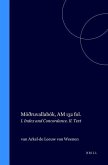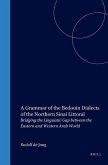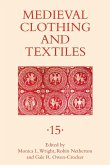Morphological productivity is the likelihood of a morphological pattern being used or comprehended in new word formation. Three methods of measuring productivity of word formation are proposed productivity tests (open-ended and judgment tasks), dictionary comparison (newer with older dictionaries, supplements with earlier versions), and the ratio of "hapax legomena to tokens in corpora. Processes which score highly by all three criteria can safely be regarded as productive. The model is examined in light of data from Israeli Hebrew, which as a Semitic language offers a rich array of discontinuous and linear derivation patterns. The Hebrew data also support the claims that in essence, lexical formation is semantically based; that it is constrained by a requirement for distinctiveness; and that it may vary significantly with the type of derivation base.
Hinweis: Dieser Artikel kann nur an eine deutsche Lieferadresse ausgeliefert werden.
Hinweis: Dieser Artikel kann nur an eine deutsche Lieferadresse ausgeliefert werden.


